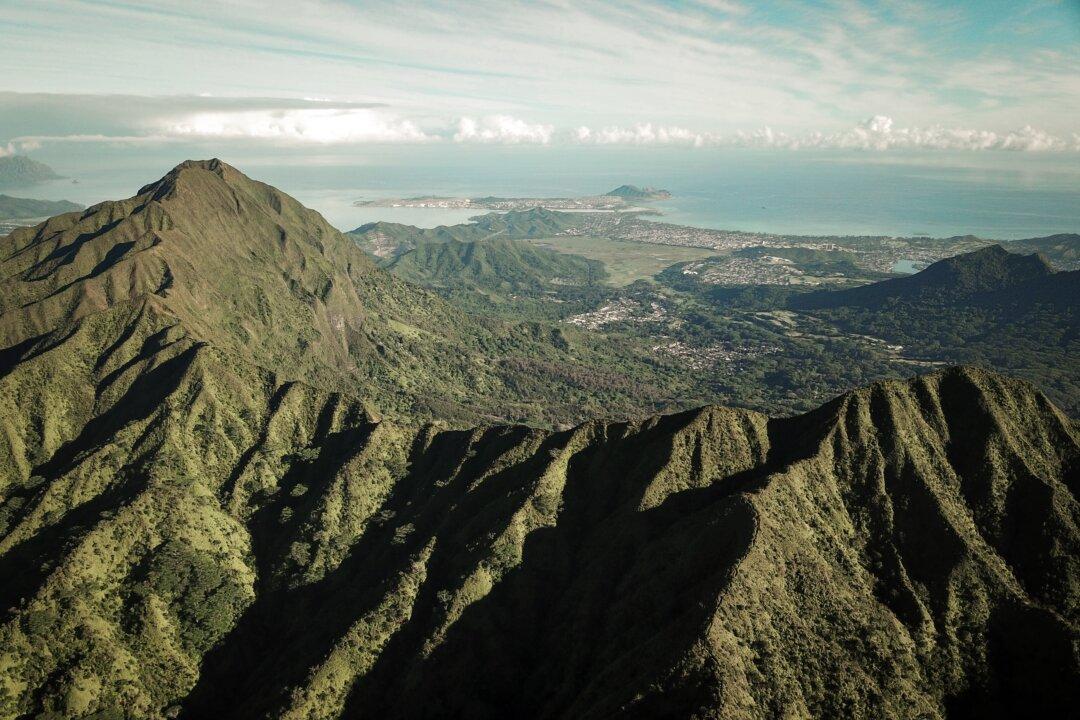A new study has found that the erosion of great mountain ranges may have provided critical oxygen and nutrients that spurred the development of the earth’s first organisms.
“There’s nothing like these two ranges today,” lead author and geochemist Ziyi Zhu said in a release on Feb. 3.





